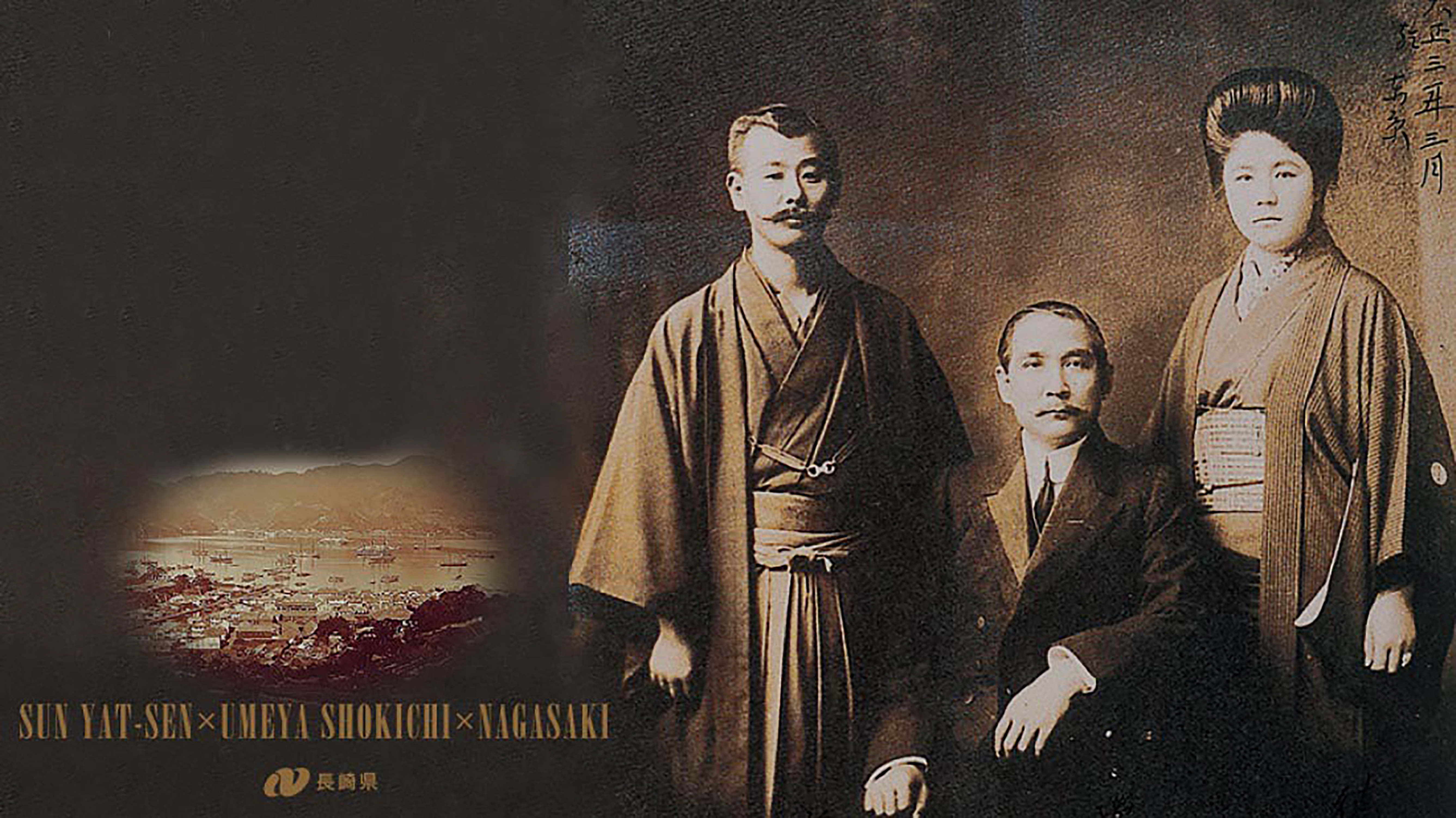
孫文・梅屋庄吉と長崎
Sun Yat-sen, Umeya Shokichi and Nagasaki
梅屋・孫文さるく
(ゆかりの地紹介)
Walk with Umeya & Sun
(Places linked to the two figures)
梅屋・孫文ゆかりの地 長崎
辛亥革命指導者孫文と、彼を物心両面で支えた長崎出身の実業家梅屋庄吉の足跡を歩く
- ①出島岸壁
-
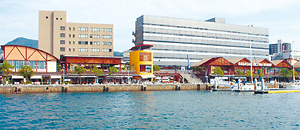
長崎と上海を結ぶ定期航路の長崎側の当時の窓口。中国から日本へ向かう孫文は、この長崎港を寄港地として立ち寄りました。
- ②精洋亭跡
-
1884 年にオープンした洋食屋。当時、精洋亭は西洋料理店とホテルも兼ね備え、長崎三大洋食屋と呼ばれていました。1913 年3 月22 日、孫文は、長崎医専在学中国留学生との晩餐会に参加しています。
- ③唐人屋敷・福建会館
-
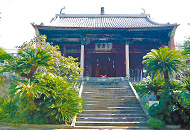
唐人屋敷は、中国人の居留区として造成されたもので、1689 年に完成。市中の中国人は、唐人屋敷に集められ、そこで暮らしていました。1859 年の開国によって唐人屋敷は廃屋化し、1870 年に焼失。その後、長崎に住む中国人は隣接の長崎市新地町に中華街を形成し、現在の長崎新地中華街につながっています。福建会館は唐人屋敷時代の孔子を祭る聖人堂の跡と言われ、福建省泉州出身者により創設された八閩会所がその起源です。孫文は、1913 年3 月22 日、華僑主催の歓迎午餐会で、福建会館に足を運んでいます。前庭には上海市より寄贈された孫文の銅像が建っています。
- ④料亭花月・鹿島屋跡
-
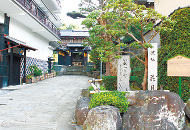
1900 年8 月26 日、孫文は、上海イギリス総領事と協議するため、上海へ向かう途中に「神戸丸」で長崎に立ち寄りました。孫文の3 回目の来崎となります。花月楼では孫文に同行した日本人が遊興しました。花月楼となりの鹿島屋では孫文が昼食をとっています。
- ⑤東洋日の出新聞跡
-
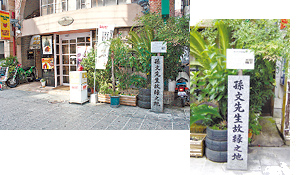
鈴木天眼が創刊した「東洋日の出新聞」は早くから孫文の活動を報道していました。1913 年、孫文が長崎を公式訪問した際には、連日その動向を報道しています。現在は跡地に「孫文先生故縁之地」の石碑が建っています。
- ⑥西郷四郎の墓(大光寺)
-
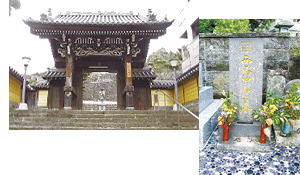
1902 年に創刊された「東洋日の出新聞」の編集人・西郷四郎の墓。日本の有名な小説「姿三四郎」は、西郷四郎がモデルとされています。
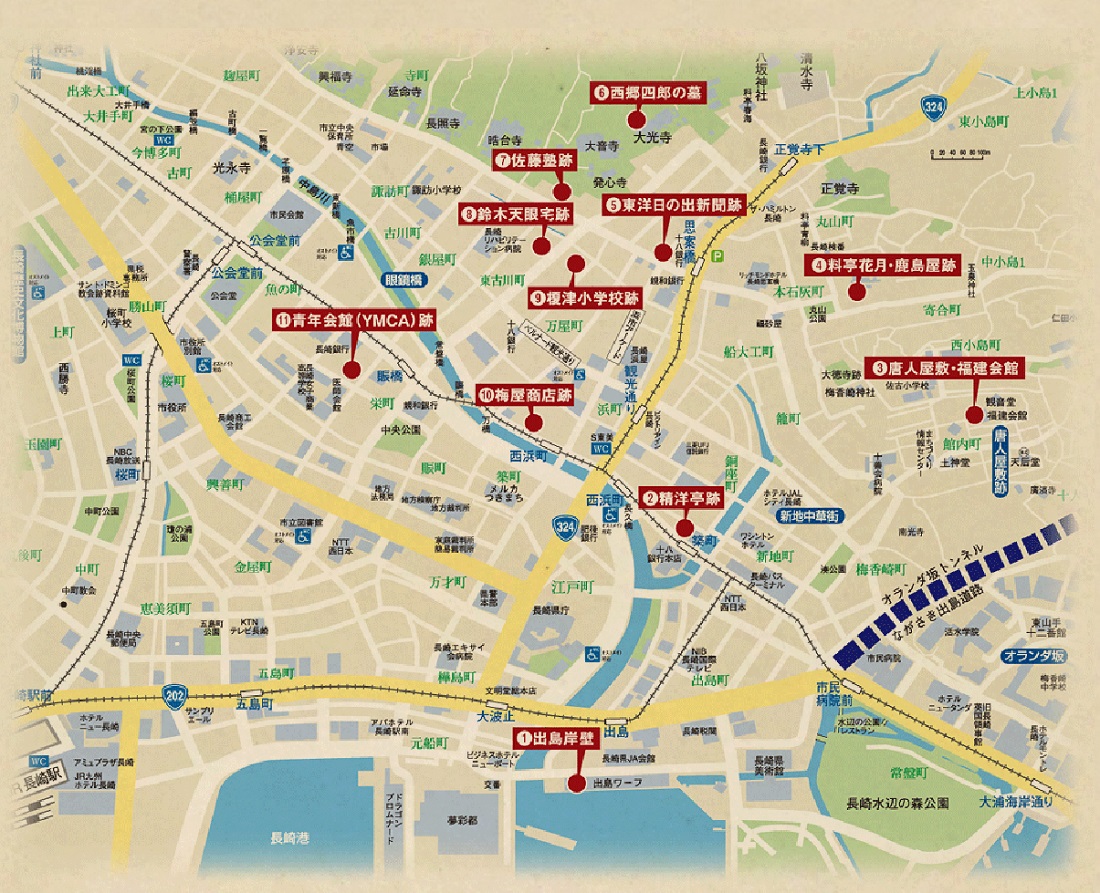
- ⑦佐藤塾跡
-
梅屋庄吉が小学校に入学する前に通っていた塾。
- ⑧鈴木天眼宅跡
-
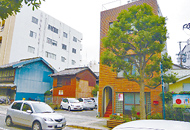
1913 年に、孫文が訪れた記録が残っています。孫文は、華僑や市の歓迎会出席の中、体調を崩していた鈴木天眼のためにわざわざ出向いたとされています。孫文とその支援者の記念写真が撮られた場所でもあります。
- ⑨榎津小学校跡
-
梅屋庄吉が通った小学校。通常、13 歳に卒業するが、庄吉は成績優秀で3 年早い10 歳で卒業しました。
- ⑩梅屋商店跡
-
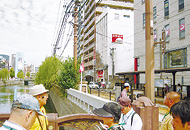
梅屋庄吉の養父母、梅屋吉五郎・ノブ夫妻が営んでいた商店。梅屋庄吉は1868年11月26日、本田松五郎・ノイ夫妻の子として生まれ、親戚筋の梅屋夫妻の養子となりました。
- ⑪青年会館(YMCA) 跡
-
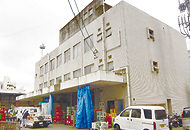
孫文が1913 年に来崎した際、青年会館(YMCA) で「世界の平和と基督教」を講演しました。
Nagasaki, a place linked to Umeya Shokichi and Sun Yat-sen
Walk in the footsteps of Sun Yat-sen, the leader of the Xinhai Revolution, and Umeya Shokichi, a Nagasaki-born businessman who supported him both materially and spiritually.
- ①Dejima pier
-

This is the Nagasaki-side port of the regular liner service that connected Nagasaki and Shanghai in the first half of the 20th century. Sun Yat-sen, on his way from China to Japan, stopped at this port of Nagasaki.
- ②Site of Seiyotei restaurant
-
Seiyotei was a Western-style restaurant that opened in 1884. At that time, it also had a hotel and was called one of the three major Western-style restaurants in Nagasaki. On March 22, 1913, Sun Yat-sen had dinner at this restaurant with Chinese students enrolled at Nagasaki Medical College.
- ③Tojin Yashiki and Fujian Hall
-

Tojin Yashiki was built as a Chinese settlement in 1689. Chinese people in the city had to live in Tojin Yashiki. The area was abandoned with the opening of the country in 1859 and burned down in 1870. Later, Chinese residents in Nagasaki formed a Chinatown in the adjacent Shinchi-machi in Nagasaki City, leading to today’s Nagasaki Shinchi Chinatown. Fujian Hall is said to be the site of a shrine dedicated to Confucius when Tojin Yashiki existed. Its origin is Hachibin Hall, founded by people from Quanzhou, Fujian Province. Sun Yat-sen visited Fujian Hall on March 22, 1913 for a welcome luncheon hosted by overseas Chinese in Japan. Sun’s bronze statue, donated by the City of Shanghai, stands in the front yard.
- ④Japanese Restaurant Kagetsu and the site of Kashimaya
-

On August 26, 1900, Sun Yat-sen stopped in Nagasaki aboard the Kobe-maru on his way to Shanghai to have discussions with the British Consul General in Shanghai. It was his third visit to Nagasaki. The Japanese who accompanied Sun enjoyed the entertainment at Kagetsu. Sun had lunch at Kashimaya next to Kagetsu.
- ⑤Site of the Toyo Hinode Shimbun
-

The newspaper Toyo Hinode Shimbun, founded by Suzuki Tengan, reported on Sun Yat-sen’s activities from early on. When Sun paid an official visit to Nagasaki in 1913, the newspaper reported on his movements on a daily basis. Today, a stone monument with the inscription “Place linked to Dr. Sun Yat-sen” stands at the site.
- ⑥Saigo Shiro’s grave (Daiko-ji Temple)
-

This is the grave of Saigo Shiro, editor of the newspaper Toyo Hinode Shimbun, first published in 1902. He is said to be the model for the famous Japanese novel Sugata Sanshiro.

- ⑦Site of Sato Juku
-
Sato Juku was a private school that Umeya Shokichi attended before entering elementary school.
- ⑧Site of Suzuki Tengan’s house
-

There is a record of Sun Yat-sen visiting the house in 1913. It is reported that Sun went to Suzuki’s house, when he was in poor health, even though Sun was busy attending welcome parties held by overseas Chinese in Japan and the city. It is also where a commemorative photo of Sun and his supporters was taken.
- ⑨Site of Enokizu Elementary School
-
This was the elementary school that Umeya Shokichi attended. Normally, students graduate at the age of 13, but Shokichi graduated three years earlier at the age of 10 due to his excellent grades.
- ⑩Site of Umeya Shoten
-

The store Umeya Shoten was run by Umeya Shokichi’s adoptive parents, Umeya Kichigoro and Nobu. Shokichi was born on November 26, 1868 as the son of Honda Matsugoro and Noi, and was adopted by his relatives, Mr. and Mrs. Umeya.
- ⑪Site of YMCA
-

When Sun Yat-sen visited Nagasaki in 1913, he delivered a speech on world peace and Christianity at the YMCA.







